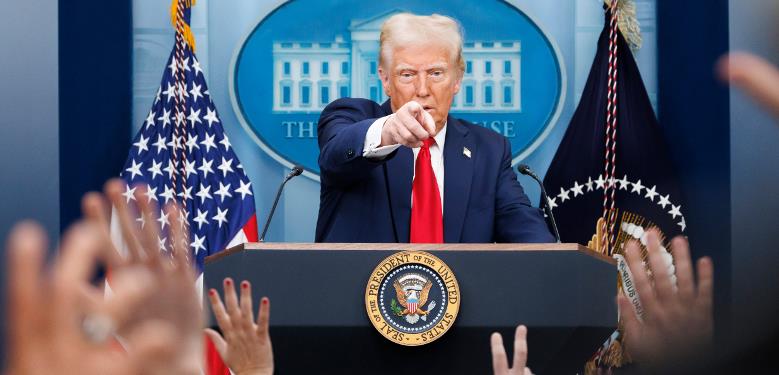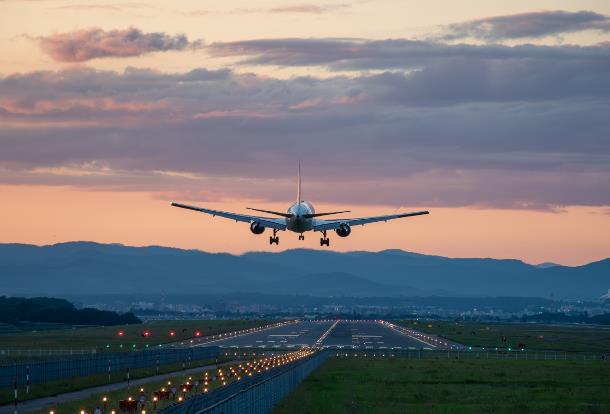
After Donald Trump resumed his presidency, he launched a global trade war through an aggressive tariff policy.
The U.S. Travel Association stated that international visitors are vital to the American economy, contributing around USD 155 billion in annual tourism spending. However, due to the combined impact of tariffs and stricter immigration control, international tourists’ willingness to visit the U.S. has significantly declined.
According to Tourism Economics, a subsidiary of Oxford Economics, the number of Canadian visitors to the U.S. is expected to drop by 15% this year, resulting in an estimated USD 3.3 billion loss in tourism spending.
Data from the China Association of Travel Services shows that in the first quarter of this year, bookings for Chinese tourists to the U.S. decreased by more than 40% year-on-year. Many travel agencies report that tourists who initially planned to visit the U.S. have changed their itineraries to other countries and regions.
From a domestic tourism perspective, the U.S. tariff policy may lead to travel funds originally intended for U.S. travel being retained within China, providing a boost to the local tourism market.
As for outbound travel, Chinese tourists are showing greater interest in alternative destinations, particularly those with strong economic ties to China, abundant tourism resources, and favorable visa policies, such as Thailand, Japan, South Korea, and Singapore.




